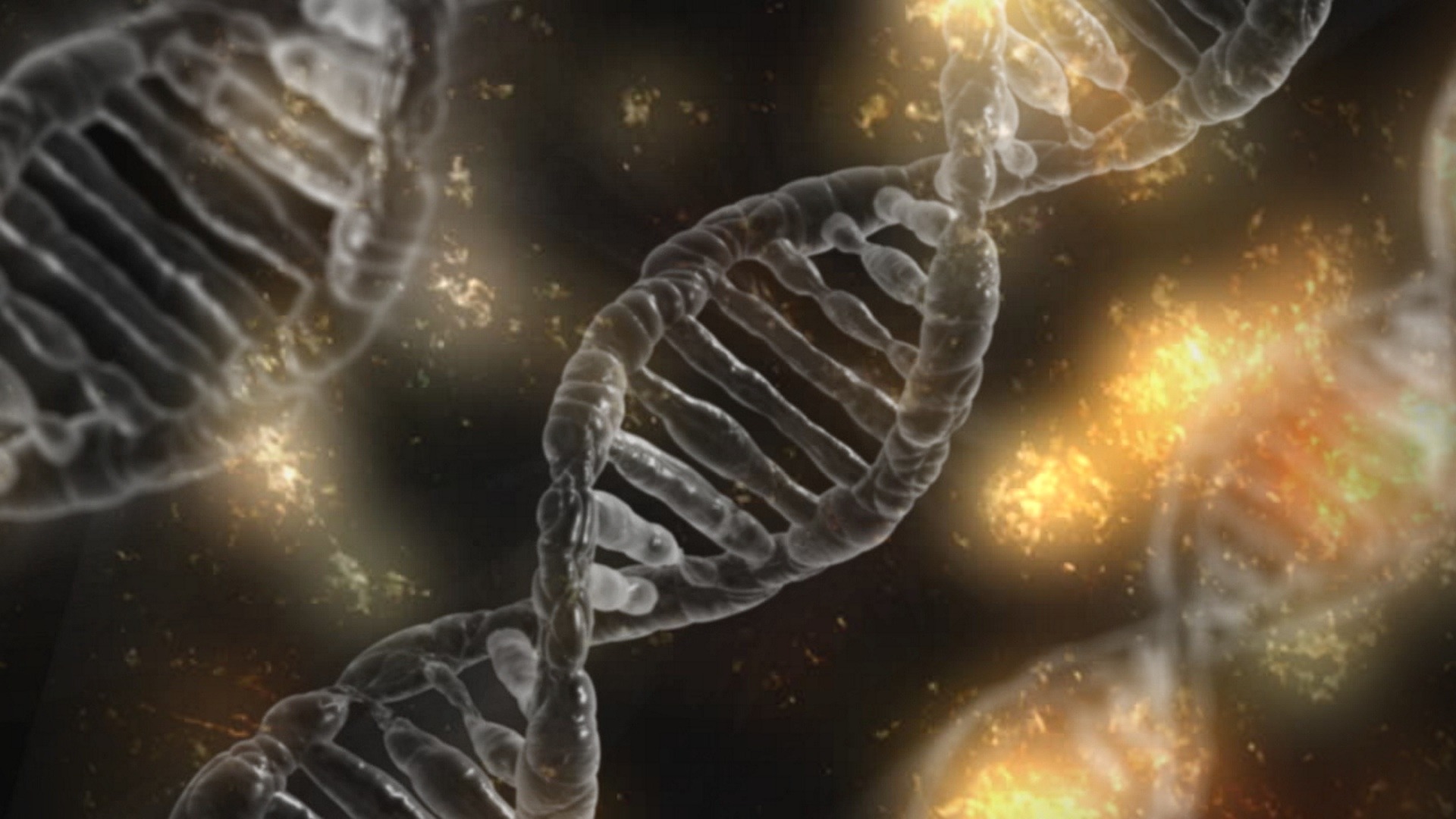
Group Molecular Genetics
B lymphocytes are the white blood cells that are responsible for the production of antibodies and that play an important role in immune responses against foreign antigens, such as bacteria. Immune responses involving B cells often take place in particular structures in lymph nodes, the germinal centres. B cells that have been selected in immune responses can become long-lived memory B cells that are important to defend the body against future infections against the same antigen (“immunity”). However, B cells may undergo malignant transformation and become tumour cells. Such tumours are called B cell lymphomas or leukemias.
The main interest of our group is in the analysis of normal B lymphocyte development and differentiation in the human and the pathogenesis of human B cell lymphomas. The current work of our group is focused on three main topics: identity and function of human memory B cells, pathogenesis of human B cell lymphomas, in particular Hodgkin lymphoma and chronic lymphocytic leukemia (CLL). In addition, we study the pathogenesis of selected T cell lymphomas and of HIV-associated B cell lymphomas.
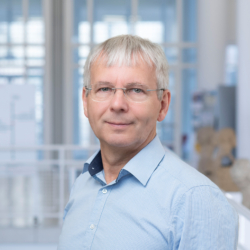
Prof. Dr. rer. nat.
Ralf Küppers
Lehrstuhl
“Molekulare Genetik”
Geschäftsführender Direktor
Research priorities
Normal B cell development
B lymphocytes are the white blood cells that are responsible for the production of antibodies. They hence play a central role in our immune system in the defense against infectious agents, such as bacteria and viruses. The immune responses involving bacteria usually take place in specific structures, the germinal centres, in lymph nodes or other organs of the immune system. In the course of such immune responses, long-lived memory B cells are generated that defend the body against a later attack by the same infectious agent (immunity). We currently study, how memory B cells are generated in germinal centre reactions, which subpopulations of memory B cells exist in the human, and what the specific functions of the subsets are. We also study how the memory B cell pool is composed in terms of size and diversity of B cell clones.
Selected publications
- Seifert M, Przekopowitz M, Taudien S, Lollies A, Ronge V, Drees B, Lindemann M, Hillen U, Engler H, Singer BB, Küppers R (2015) Functional capacities of human IgM memory B cells in early inflammatory responses and secondary germinal center reactions. Proc Natl Acad Sci USA, 112, E546-E555
- Budeus B, Schweigle de Reynoso S, Przekopowitz M, Hoffmann D, Seifert M*, Küppers R* (2015) The complexity of the human memory B cell compartment is determined by the versatility of clonal diversification in germinal centres. Proc Natl Acad Sci USA, 112, E5281-E5289 (*shared senior authors)
- Kibler A, Budeus B, Homp E, Bronischewski K, Berg V, Sellmann L, Murke F, Heinold A, Heinemann FM, Lindemann M, Bekeredjian-Ding I, Horn PA, Kirschning C, Küppers R, Seifert M. (2021) Systematic memory B cell archiving and random display shape the human splenic marginal zone throughout life. J Exp Med., 218, e20201952
- Budeus B, Kibler A, Küppers R. (2023) Human IgM–expressing memory B cells.Front Immunol, 14, 1308378 (review)
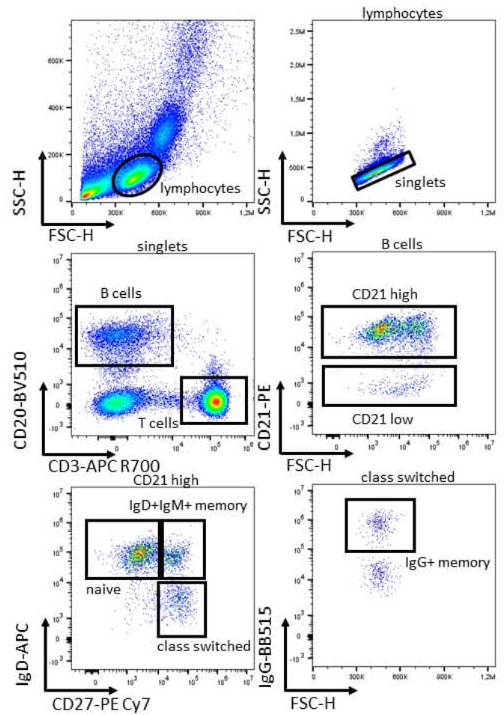
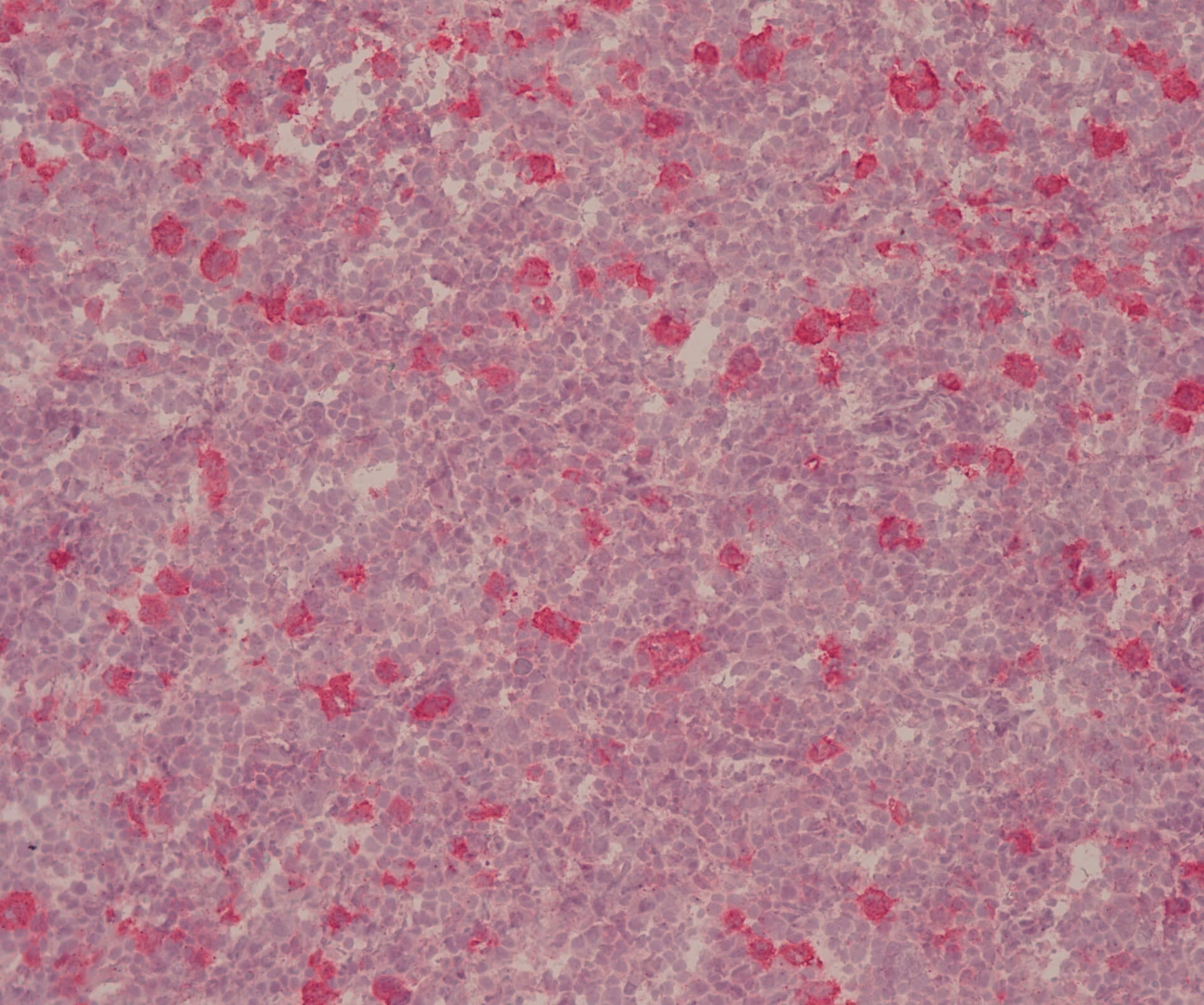
Hodgkin lymphoma
Hodgkin lymphoma is one of the most frequent lymphomas in the Western world. It is characterized by typical tumour cells, the Hodgkin and Reed/Sternberg (HRS) cells, that usually account for only about 1% of cells in the lymphoma tissue. This very much hampers their analysis, so that HRS cells have to be isolated by microdissection or flow-cytometric cell sorting for their molecular characterization. We are since many years interested in the pathogenesis of Hodgkin lymphoma. HRS cells derive from B cells, and we were able to characterize the deregulated gene expression of these cells in comparison to normal B cells. By genetic studies we determine the gene mutations that cause the development of this malignancy. Moreover, we test mutated or deregulated genes by functional studies with Hodgkin lymphoma cell lines.
Selected publications
- Küppers R, Dührsen U, Hansmann M-L (2014) Pathogenesis, diagnosis and treatment of composite lymphomas. Lancet Oncol, 15, e435-e446. (review)
- Wein F, Weniger MA, Höing B, Arnolds J, Hüttmann A, Hansmann M-L, Hartmann S, Küppers R (2017) Complex immune evasion strategies in classical Hodgkin lymphoma. Cancer Immunol Res, 5, 1122-1132
- Lollies A, Hartmann S, Schneider M, Bracht T, Weiß A, Arnolds J, Klein-Hitpass L, Sitek B, Hansmann M-L, Küppers R*, Weniger MA* (2018) An oncogenic axis of STAT-mediated BATF3 upregulation causing MYC activity in classical Hodgkin lymphoma and anaplastic large cell lymphoma. Leukemia, 32, 92-101 (*shared senior authors)
- Weniger MA, Tiacci E, Schneider S, Arnolds J, Rüschenbaum S, Duppach J, Seifert M, Döring C*, Hansmann M-L*, Küppers R* (2018) Human CD30+ B cells represent a unique subset related to Hodgkin lymphoma cells. J Clin Invest, 128, 2996-3007 (*shared senior authors)
Chronic lymphocytic leukemia
Chronic lymphocytic leukemia (CLL) is the most frequent leukemia in the elderly and still not curable. CLL is derived from mature B cells, and we could show that their specific origin is a small B cell subpopulation called CD5-positive B cells. This finding enabled us to identify novel deregulated genes in CLL cells that may play a major role in their pathophysiology.
Since a weakened humoral immune response is a hallmark of CLL, we are currently investigating the mechanisms that lead to weakened B lymphocyte function in such patients
Selected publications
- Seifert M, Sellmann L, Bloehdorn J, Wein F, Stilgenbauer S, Dürig J, Küppers R. (2012) Cellular origin and pathophysiology of chronic lymphocytic leukemia. J. Exp. Med., 209, 2183-2198
- Oakes CC, Seifert M, Assenov Y, Gu L, Przekopowitz M, Ruppert AS, Wang Q, Imbusch CD, Serva A, Koser SD, Brocks D, Lipka DB, Bogatyrova O, Weichenhan D, Brors B, Rassenti L, Kipps TJ, Mertens D, Zapatka M, Lichter P, Döhner H, Küppers R, Zenz T, Stilgenbauer S, Byrd JC, Plass C (2016) DNA methylation dynamics during B cell maturation underlie a continuum of disease phenotypes in chronic lymphocytic leukemia. Nat Genetics, 48, 253-64
Special downloads
Harmonised Data Access Agreement (hDAA) for Controlled Access Data – Needed for download of sequencing data submitted to EGA
Publications
Team

Philip Abstoß
Technischer Mitarbeiter
(Technical assistent)
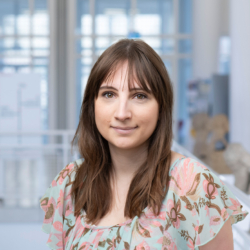
Dr. rer. nat.
Lilian Beeck
Postdoktorandin (Postdoc)
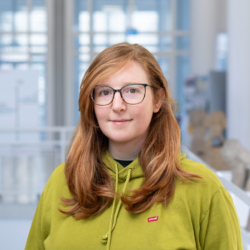
Victoria Berg
Wissenschaftl. Doktorandin
(Scientific doctoral student)
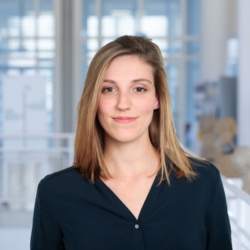
Dr. nat. med.
Charlyn Dörnte
Postdoktorandin (Postdoc)
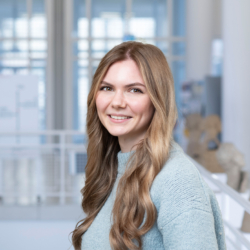
Michelle Elbert
Wissenschaftl. Doktorandin
(Scientific doctoral student)
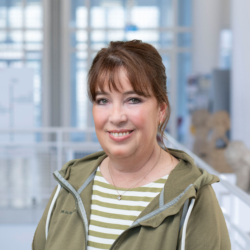
Kerstin Heise
Technische Mitarbeiterin
(Technical assistent)
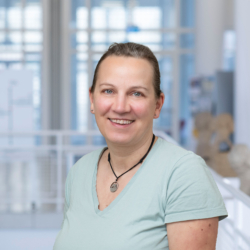
Gwen Hoffmann
Technische Mitarbeiterin
(Technical assistent)

Julia Jesdinsky-Elsenbruch
Technische Mitarbeiterin
(Technical assistent)
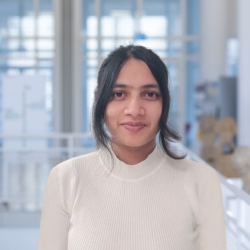
Dr. (PhD)
Aditee Kadam
Postdoktorandin (Postdoc)
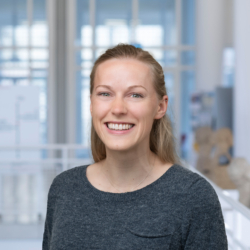
Sophie Klotz
Wissenschaftl. Doktorandin
(Scientific doctoral student)
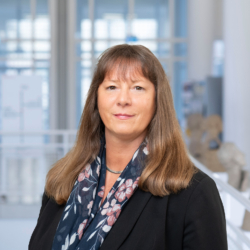
Andrea Kopplin
Technische Mitarbeiterin
(Technical assistent)
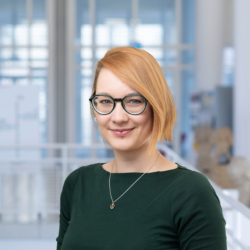
Ann-Kathrin Schnormeier
Wissenschaftl. Doktorandin
(Scientific doctoral student)
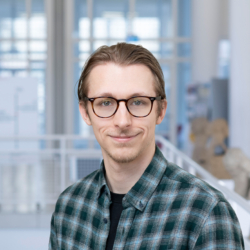
Frederik Schramm
Wissenschaftl. Doktorand
(Scientific doctoral student)
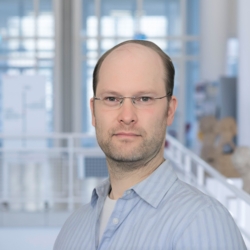
Dr. biol. hum.
Marc Weniger
Postdoktorand (Postdoc)